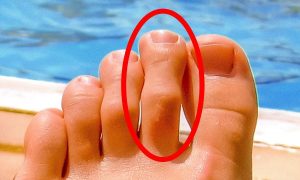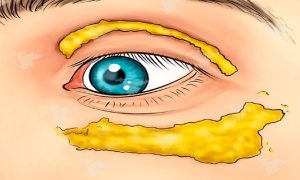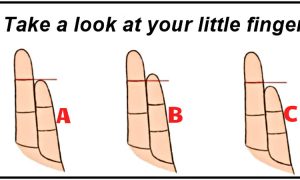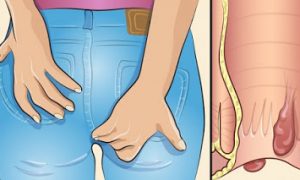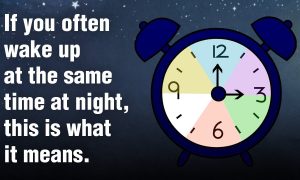Glucose is the main energy source for the human body. The glucose amount in the blood is indicated by the levels of sugar.
When we eat, glucose enters our body and it is delivered to our body cells.
Hyperglycemia, or high blood sugar, usually appears when the human body is not able to process the glucose properly, or it just doesn’t have enough amounts of it and this is a condition known as type 1 diabetes.
The longer the condition lasts, the greater is the damage which can be done to different body parts, especially the kidneys, blood vessels, eyes and the nerves.
People who suffer from this condition have increased levels of blood sugar which is related to different factors such as:
- Lack of exercise
- High levels of stress
- Different illnesses, such as a cold
- Dehydration
- Overeating
- Steroid medications
In addition, kids and young adults can also experience episodes of hyperglycemia in their puberty or adolescence.

High blood sugar symptoms
If your sugar levels are high, it doesn’t necessarily mean that you have diabetes, it is merely one of the symptoms for it. Interestingly, some people with hyperglycemia don’t have any symptoms that point to it.
Most common high blood sugar symptoms:
- Frequent and night time urination
- Blurred vision
- Dry mouth
- Lack of concentration
- Recurring infections
- Impotence
- Slow healing wounds
- Fatigue and tiredness
- Constant thirst
- Dry and itchy skin
- Constant hunger
- Excess abdominal fat and weight gain
- Problems with the nerves
HOW TO REDUCE SUGAR LEVELS WITH GLYCEMIC FOOD
The simple GI index shows the number of carbs in foods which increase the levels of blood sugar and they can vary from 0 to 100.
Check out this list of foods which have low GI index and will help you lose weight, so make sure you consume them daily.
Foods with a GI between 0 and 54 are low Gi foods. You should eat them daily.
- 1 egg – 0
- one cup of hummus equals – 6
- 1 cup of broccoli – 10
- one mid-sized yellow onion – 10
- 1 cup of walnuts – 15
- one cup of cherries – 22
- 1 cup of cashew nuts – 22
- one cup of yogurt – 23
- 1 Turkey sausage – 28
- one cup of kidney beans – 31
- 1 cup of butter beans – 34
- 8 ounces of tomato juice – 38
- 1 mid-sized apple – 38
- 1 cup of spaghetti – 42
- one cup of green grapes – 46
- 8 ounces of pineapple juice – 46
- 1 large carrot – 47
- 1 medium orange – 48
- one large grapefruit – 50
- 1 large banana – 52
- 1 cup of peas – 54
Foods with a Gi between 55 and 69 are be moderate GI foods, so you should consume them accordingly.
- 1 cup of brown rice – 55
- 1 tablespoon of raw honey – 55
- one cup of oatmeal – 58
- 1 cup of regular white rice – 64
- 1 serving of macaroni and cheese – 64
High Gi foods are between 70 and 100, and they can cause severe health problems. Avoid these foods as much as you can!
- 1 slice of regular white bread – 70
- 2 cups of popcorn – 72
- 1 doughnut (glazed) – 76
- one rice cake – 78
- 1 mid-sized baked potato – 85
- 1 serving of corn flakes – 92
- 50 grams of glucose – 100
If you happen to experience any of these symptoms that indicate high levels of blood sugar make sure you do the necessary changes in your diet, so you can maintain a healthy balance before things get complicated.




